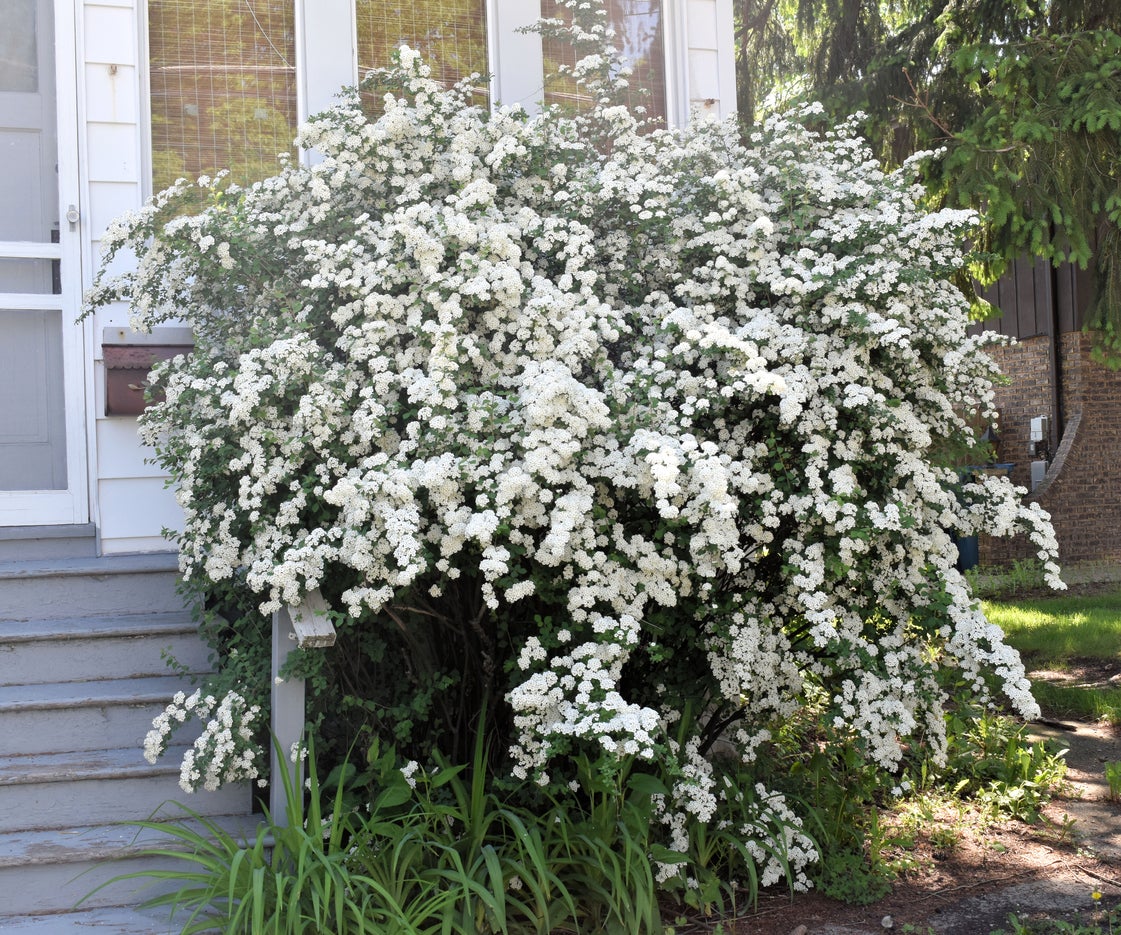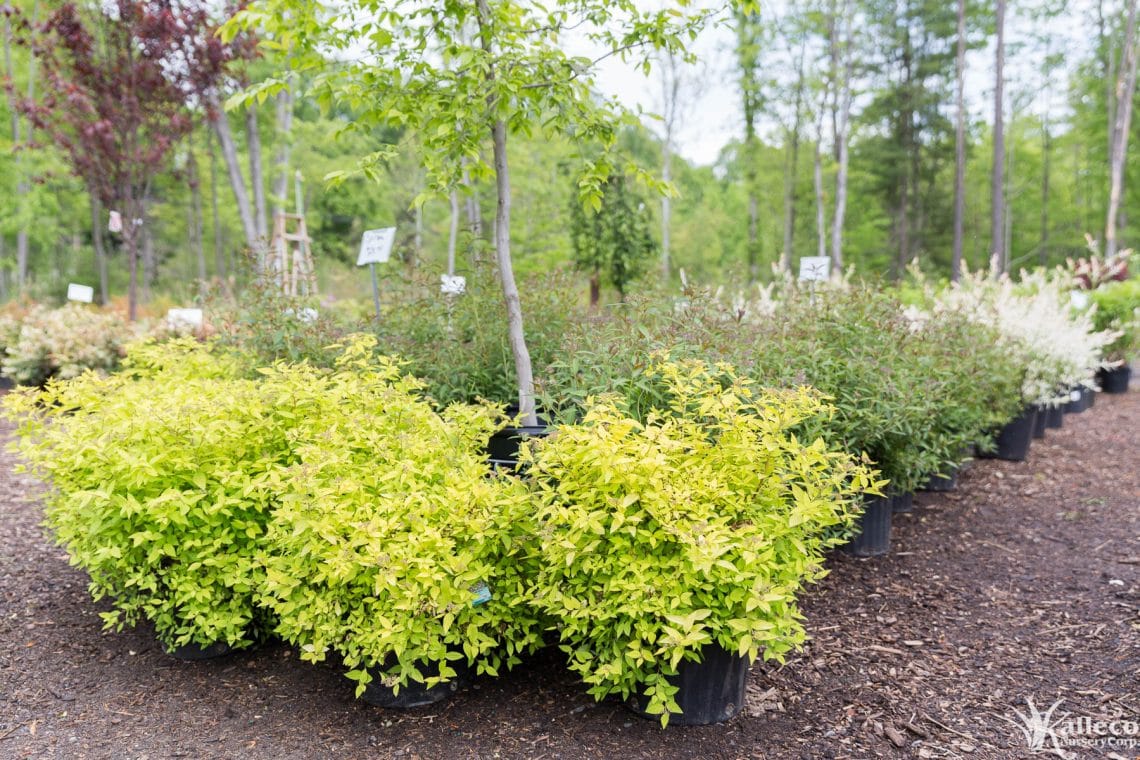Spirea: A Versatile Shrub for Every Garden
Spirea, a genus of flowering shrubs belonging to the Rosaceae family, is a popular choice among gardeners due to its versatility, low maintenance, and abundant blooms. With over 100 species and countless cultivars, there is a Spirea to suit almost any garden style and climate.
Characteristics of Spirea Plants
:strip_icc()/white-spirea-spiraea-808448f4-bcd4b9635d8c41e0a2ee068f52199ebb.jpg)
Spirea plants are known for their upright or cascading growth habits, depending on the species. They typically feature small, delicate leaves that can be deciduous or evergreen. The shrubs produce clusters of tiny flowers in various colors, including white, pink, red, and purple. These blooms often appear in spring or summer, but some Spirea varieties can flower multiple times throughout the growing season.
Popular Spirea Species and Cultivars
1. Japanese Spirea (Spiraea japonica): This deciduous shrub is known for its compact size and abundant blooms. It produces clusters of small, pink or white flowers in spring and summer. Popular cultivars include ‘Tiny Tim’, ‘Shirobana’, and ‘Double Play’.
2. Reeves Spirea (Spiraea x reevesiana): This evergreen shrub features arching branches and fragrant, white flowers that bloom in spring. It is a popular choice for hedges and borders.
3. Anthony Waterer Spirea (Spiraea x anthonyi): This deciduous shrub is known for its vibrant pink flowers that bloom in late spring and early summer. It is a popular choice for adding color to gardens.
4. Bridal Wreath Spirea (Spiraea nipponica ‘Snowmound’): This deciduous shrub produces clusters of white flowers in spring and summer. It is known for its arching growth habit and can be used as a specimen plant or in hedges.
5. Douglas Spirea (Spiraea douglasii): This deciduous shrub produces clusters of pink flowers in summer. It is a popular choice for attracting pollinators to the garden.

Planting and Caring for Spirea
Spirea plants are relatively easy to care for and can be planted in a variety of soil conditions. They prefer full sun to partial shade and well-drained soil. Once established, Spirea requires minimal watering, except during dry periods. Regular pruning can help maintain the shape of the shrub and encourage new growth.
Benefits of Growing Spirea

Low maintenance: Spirea plants are relatively easy to care for and require minimal pruning.
Spirea is a versatile and beautiful shrub that can add color and interest to any garden. With its low maintenance requirements and wide range of species and cultivars, Spirea is a popular choice among gardeners of all levels of experience.
FAQs
1. When is the best time to plant Spirea? The best time to plant Spirea is in the spring or fall.
2. How often should Spirea be pruned? Spirea can be pruned annually in late winter or early spring to maintain its shape and size.
3. Can Spirea be grown in containers? Some dwarf varieties of Spirea can be grown in containers.
4. What is the average lifespan of a Spirea plant? Spirea plants can have a lifespan of 10-20 years.
5. Are Spirea plants deer resistant? Spirea plants are generally deer resistant.